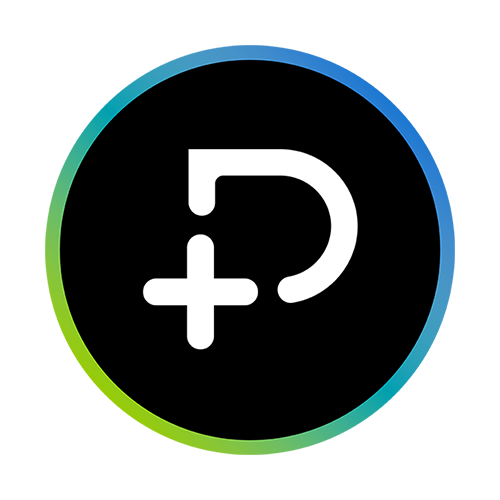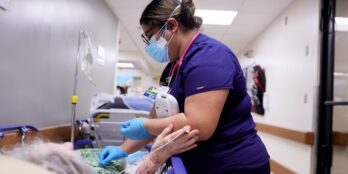
The Foundation of Great Care Starts in Senior Living
 2 min
2 min
In today’s community, the average assisted living resident is older than 85 and is taking nine different medications. Additionally, 75% of current assisted living residents require support with activities of daily living (ADLs), such as bathing, dressing, eating, and toileting. That’s very different from the assisted living residents of years past. Modern assisted living residents, in other words, aren’t just older adults who need reminders to take a medication or two; they often include older adults with significant care needs that must be carefully managed.
Longtime senior living providers have had to adjust their overall strategies to guarantee that they’re staffed to properly care for this new demographic of residents — and to guarantee that they’ll stay in business as the average resident profile continues to change. After all, the inability to provide today’s residents with the high-quality care they need won’t just cost providers valuable residents, but it will also cost the healthcare system in the long run.
Let us explain.
Say just one hypothetical assisted living resident fails to take his or her medications on any given day. Perhaps that resident did take a couple of medications, but they were medications meant for someone else; perhaps the thought to give that resident his or her medications simply slipped the mind of a new staff member. In any case, a resident didn’t receive the care he or she signed up for — and his or her’s health is consequently put at risk.
If this mistake goes unnoticed, that resident could face unexpected health issues that may be too complicated for an assisted living setting to successfully manage — resulting in that resident being transferred either to a hospital or skilled nursing facility.
When this happens, it not only reflects poorly on the assisted living community, but that community loses a paying customer. At the same time, more costs will have to be spent to care for that resident in other settings, as that resident needs to stabilize before returning to another assisted living community.
In other words, the services assisted living caregivers provide — and the quality of those services — will determine how well each and every resident ages, and whether or not they have to transition between care settings. That’s why it’s critical that assisted living providers strive to provide, and succeed in delivering, the best possible care to all of their residents, especially when residents nowadays are taking an average of nine medications.
Luckily, having an electronic health record (EHR) will help senior living staff accomplish this. With an EHR, all of a resident’s health information — as well as most of their dietary, activity and wellness preferences — can be easily accessed by any caregiver or community administrator, whenever they need it. It will be glaringly obvious when a resident misses his or her medication, and changes in a resident’s health condition will be more obvious.
Learn more about how leading assisted living communities are leveraging EHR technology to keep their residents healthy by reading Using Data to Make Informed Decisions: The Future of Senior Care.
March 17, 2018






